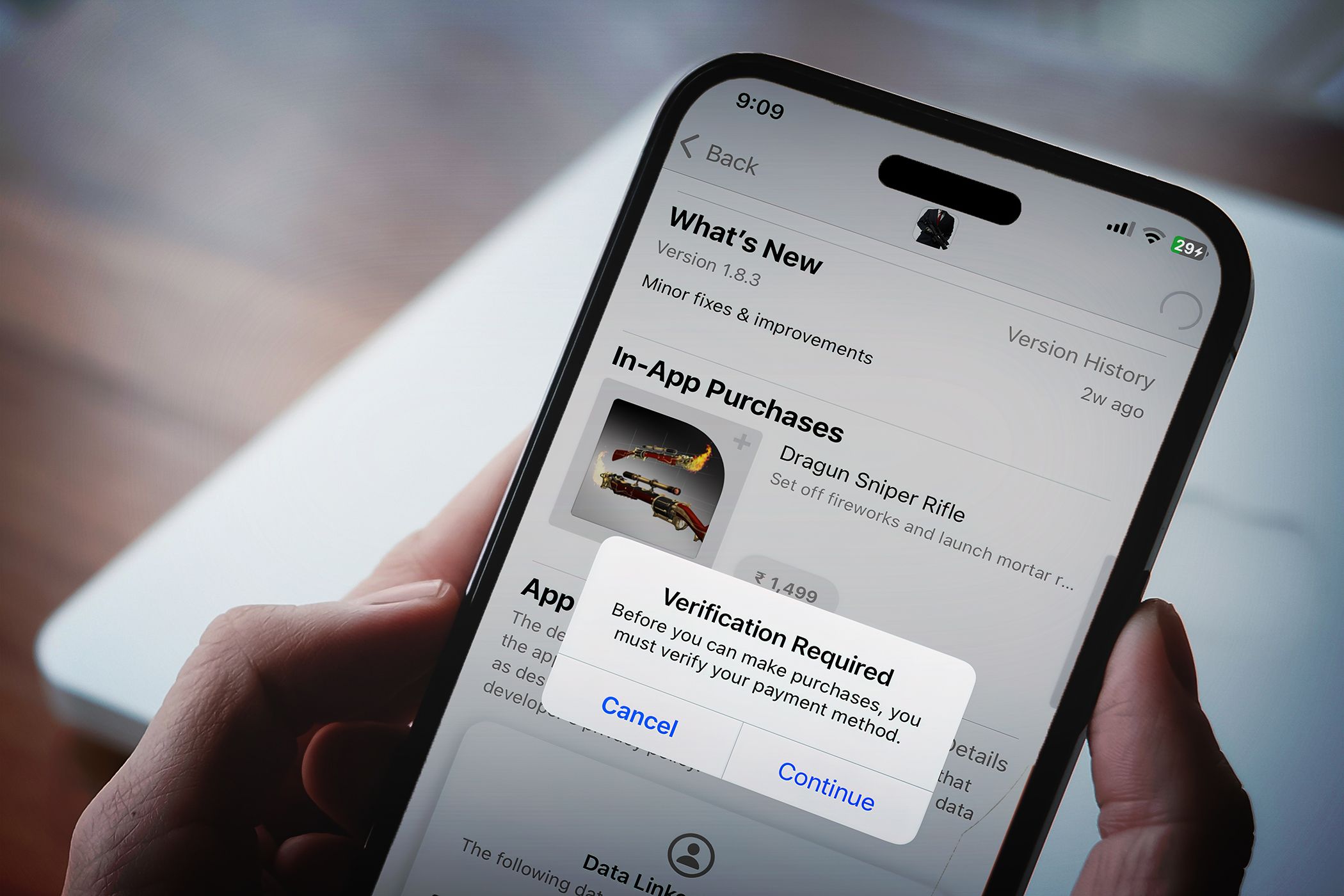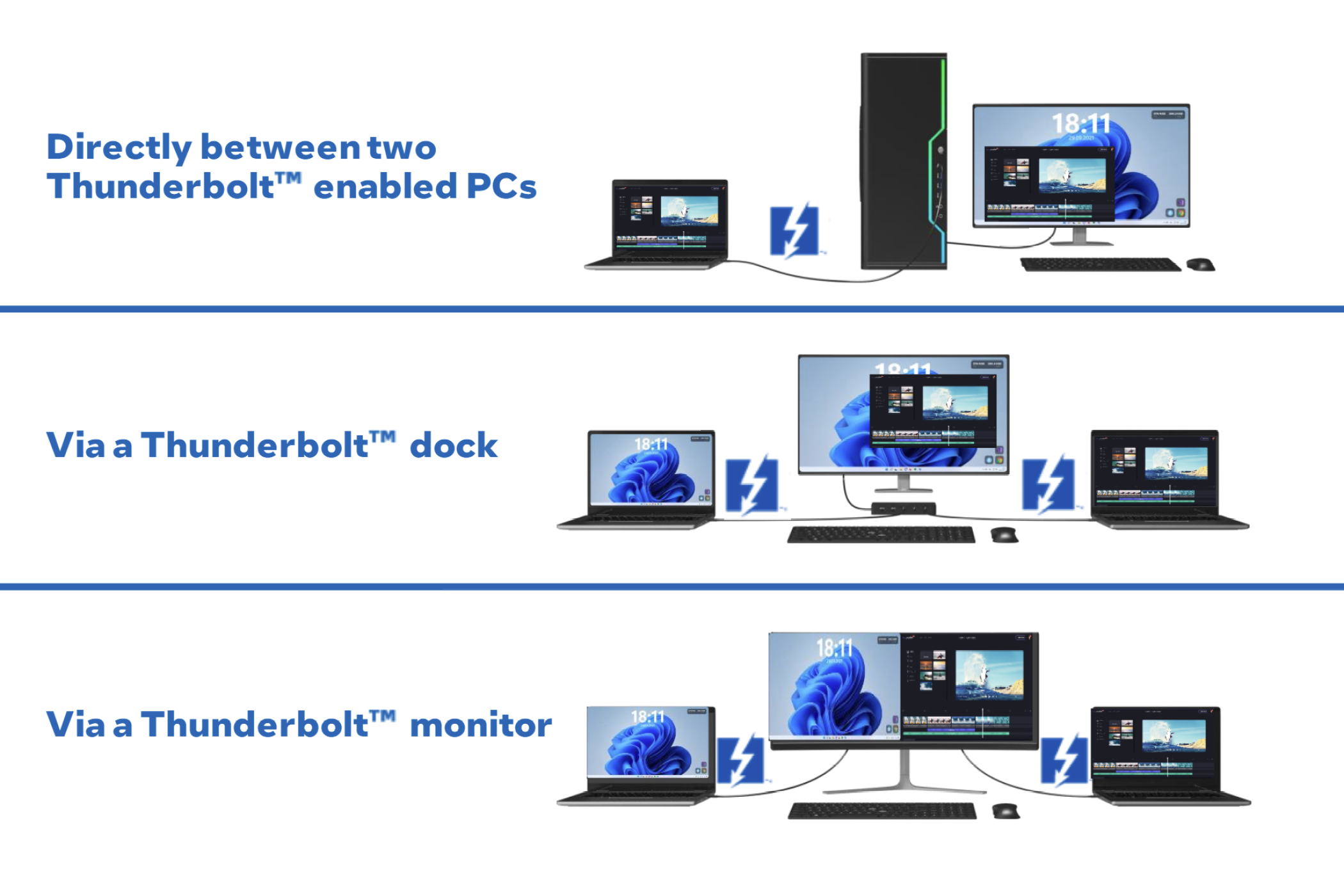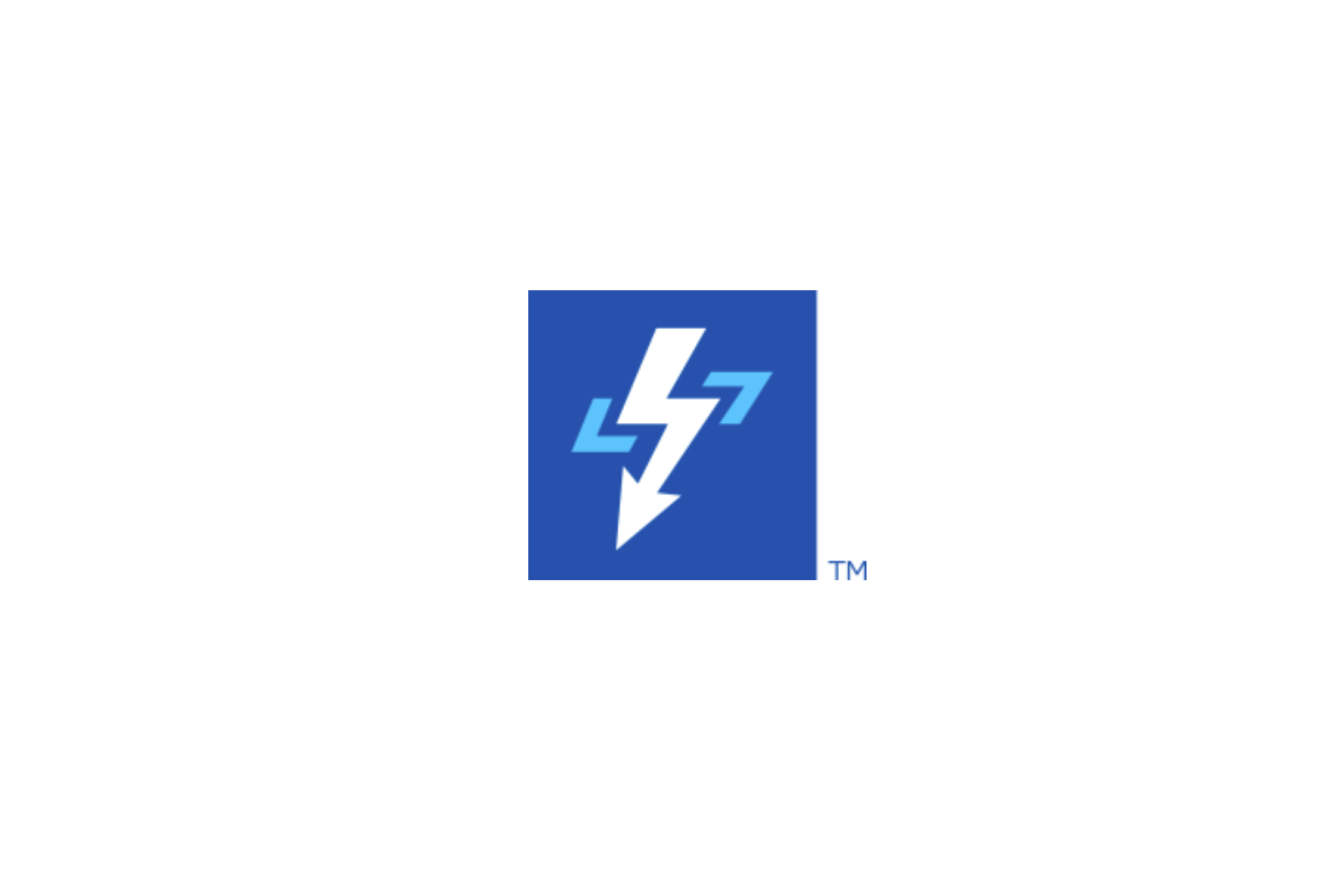
The Future of Data Transfer: Unlocking the Potential of Thunderbolt Sharing in Your New Laptop

The Future of Data Transfer: Unlocking the Potential of Thunderbolt Sharing in Your New Laptop
Quick Links
- Thunderbolt Share Is an App, Not Part of the Thunderbolt Spec
- How Thunderbolt Share Works
- Which Devices Will Support Thunderbolt Share?
- Are There Any Alternatives to Thunderbolt Share?
Key Takeaways
- Thunderbolt Share is an Intel-made app for sharing files and remote desktop control based on the Thunderbolt 4 and Thunderbolt 5 standards.
- To use Thunderbolt Share you need a licensed PC or dock, a second PC that’s compatible with Thunderbolt Share, and a Thunderbolt 4/5 cable.
- With Thunderbolt Share, you can share files between two PCs, remotely control one PC from another, sync folders between two PCs, and transfer data from one PC to another.
Intel’s Thunderbolt Share is a seamless file transfer and remote PC control solution, as long as you’ve got two Thunderbolt 4 or Thunderbolt 5 devices, one of which has a Thunderbolt Share license. However, things are more complex than they seem on the surface, so let’s clear up the misconceptions.
Thunderbolt Share Is an App, Not Part of the Thunderbolt Spec
If you own a Thunderbolt 4 or Thunderbolt 5 device and are getting all giddy at the thought of finally being able to share files between two PCs equipped with this technology, you should know that Thunderbolt Share isn’t part of the official Thunderbolt specification.
Instead, Thunderbolt Share is an app made by Intel that manufacturers can license, allowing their upcoming Thunderbolt 4 or Thunderbolt 5 equipped laptops and docks to use the Thunderbolt Share app. It looks like the app won’t ship on those devices; you’ll need to download it if you want to use it.
According to Intel , you won’t be able to get a Thunderbolt Share license for current Thunderbolt 4 and Thunderbolt 5 devices that support it on paper, at least for now, which is a massive letdown to owners of said devices.
How Thunderbolt Share Works
For Thunderbolt Share to work, you need one device with a Thunderbolt Share license and another PC that supports it, but doesn’t need to have a license—or two PCs, in case you’re using a dock with a Thunderbolt Share license—and a Thunderbolt 4 or Thunderbolt 5 cable .
Suppose you’ve got all that, here’s how a Thunderbolt Share setup would work. You download and install the app on both devices you want to use, connect them via a Thunderbolt 4 or Thunderbolt 5 cable, and then you’ll be able to:
- Share files between the two devices with a simple drag-and-drop interface.
- Sync folders and files located in the said folders between the two connected PCs.
- Transfer data and files from one PC to the other.
- Remotely control one PC with the other PC’s mouse and keyboard, similar to how Windows Remote Desktop works—this includes sharing the screen, peripherals, and storage.
Since Thunderbolt Share will also be available on select Thunderbolt docks, you’ll be able to hook multiple PCs to a single Thunderbolt monitor , with one mouse and keyboard combo, as long as all three devices—the two computers and the monitor—are connected to the same dock, and you’ve got multiple Thunderbolt 4 or Thunderbolt 5 cables.

Intel
This sounds pretty useful because, in this specific case, you only need to have a single dock licensed with Thunderbolt Share. If you own one Thunderbolt Share-enabled PC, you can kick the dock out of the equation and use only two PCs, a Thunderbolt monitor, and one pair of peripherals.
As for the max bandwidth when transferring files, you’re looking at speeds between 40Gbps and 120Gbps. The maximum speed will depend on the slowest link in the chain, be it one of the two computers or the Thunderbolt cable used.
The screen-sharing feature should offer at least the 1080p and 60 frames per second that most monitors support without breaking a sweat. That’s fine for basic remote desktop cases, but content consumption, and especially gaming would need to go above and beyond that. Luckily, the bandwidth available here is more than enough to drive resolutions up to 8K, and going beyond 60fps is definitely on the cards assuming the resolution is reasonable. The exact performance you’ll get will depend on some of the specifics of your hardware setup, but suffice it to say that bandwidth isn’t in short supply.
Which Devices Will Support Thunderbolt Share?
At the moment, the list of manufacturers that will offer laptops and docks with Thunderbolt Share includes Lenovo, Acer, MSI, Razer, Kensington, Belkin, Promise, Plugable, OWC, “and others,” according to Intel . More manufacturers could join the list in the future if they decide to obtain a Thunderbolt Share license from Intel for their upcoming laptops and docks.
This means that, at least for now, current laptops and docks with Thunderbolt 4 and Thunderbolt 5 connectivity won’t be able to use the Thunderbolt Share app. The silver lining is that there’s a good chance owners of PCs that support Thunderbolt Share but don’t have a license for it will be able to purchase one on an individual basis; right now, however, that isn’t the case. Personally, I believe this will happen sooner or later since it’s essentially free money for Intel.
Note that Thunderbolt Share isn’t compatible with Thunderbolt 3 devices, at least officially. This is bad news for owners of Thunderbolt 3 PCs because the differences between Thunderbolt 3 and Thunderbolt 4 are minimal.
In a nutshell, to use Thunderbolt Share, you’ll need at least one device licensed with Thunderbolt Share, another device with Thunderbolt 4 or Thunderbolt 5 ports—or two PCs in case you’re using a Thunderbolt Share-compatible dock—and at least one Thunderbolt 4 or 5 cable. Both devices must also run the Windows OS.
It’s complicated, I know, and Intel’s decision not to make Thunderbolt Share part of the official Thunderbolt specification and to exclude Thunderbolt 3 computers and docks only makes things worse.
As you might expect, Ryzen-powered laptops, current or future ones, aren’t compatible with Thunderbolt Share, nor are USB 4 docks. As long as the device in question doesn’t have at least one Thunderbolt 4 or Thunderbolt 5 connector, it’s out of the picture.
That said, some Ryzen motherboards have Thunderbolt 4 ports, such as the ASUS ProArt B550-Creator . It will be interesting to see whether desktop PCs powered by Ryzen CPUs and equipped with motherboards featuring Thunderbolt 4 ports will be able to use Thunderbolt Share.
If you fancy getting a laptop or a Dock with a Thunderbolt Share license, look for the devices bearing the Thunderbolt Share logo, shown below. Right now, this is the only way to recognize laptops and docks that have a Thunderbolt Share license, but this could change in the future.

Intel
Are There Any Alternatives to Thunderbolt Share?
If you own a Thunderbolt device, you can use Thunderbolt Networking. The setup process is quite involved, though. If you want to try it out, check out the Thunderbolt Networking Instructional White Paper .
If you’ve got multiple PCs running Windows 10 or Windows 11, you can use Windows Nearby Sharing, which can be found on both operating systems. You can read our guide on how to use Nearby Sharing on Windows 10 . We also have a guide explaining how to use the feature on Windows 11 .
Mac owners have a number of ways to share files between multiple Macs , and you can even share files between Windows and Linux . If you want an OS-agnostic solution, you can try sharing files with Google Drive .
Thunderbolt Share looks like the most straightforward way to share files between two nearby PCs we’ve gotten to date. It’s a perfect file sharing and remote desktop solution for people who own multiple computers compatible with the tech, at least on paper. It’s a bit complicated to get into, and it’s a shame Intel doesn’t plan to sell individual licenses from the get-go, forcing you to get a new laptop or a dock with a Thunderbolt Share license. However, if Intel decides to sell individual licenses to owners of Thunderbolt 4 and Thunderbolt 5 PCs in the future, Thunderbolt Share could become the go-to method for transferring files between two local PCs that support the standard.
Also read:
- [Updated] In 2024, Quick Fixes Today's Rapidly Watched Videos
- [Updated] Monetization Mastery How AJay Achieves Wealth Online
- 2024 Approved Living Virtually Tips for an Active Facebook Presence
- 2024 Approved Step-by-Step Guide to the Best iPhone Virtual Reality Gaming
- Bridging Human Expertise and AI for Better 3D Printing
- Capturing Your Lenovo Display in Slow Motion for 2024
- Comprehensive Guide: Finding and Installing Dell Inspiron 15 Hardware Compatibility on Windows 10
- Effortless Techniques to Troubleshoot and Repair Your I2C HID Driver Problems
- Free Download: Creative Camera Driver Updates for Windows PCs
- Free HP LaserJet 1320 Drivers Downloader and Compatibility Tips for Windows Users
- Get the Latest Epson Printer/Scanner Drivers - Free and Secure Access!
- Identifying and Resolving System Stalls: A Comprehensive Guide by YL Computing
- In 2024, Best Free DVD Players for Windows 10
- Installing the Latest USB 3.0 Drivers for Windows Systems
- Instant Downloads of AMD Ryzen 5 2600 Chipset Drivers - Easy Guide
- Nvidia Driver Installation Guide: Best Picks for Windows 11/7/8 Users
- Quick and Painless Setup of Your Samsung M2070 Drivers - A Comprehensive Guide!
- Revolutionize Your FB Video Strategy with These Ideas for 2024
- Two Historic Desktop Computers Unearthed by House Cleaners: An Early Intel 8008-Based Machine with 16 KB RAM and 800 kHz Processor
- Title: The Future of Data Transfer: Unlocking the Potential of Thunderbolt Sharing in Your New Laptop
- Author: Richard
- Created at : 2024-12-07 17:40:38
- Updated at : 2024-12-12 16:23:44
- Link: https://hardware-updates.techidaily.com/the-future-of-data-transfer-unlocking-the-potential-of-thunderbolt-sharing-in-your-new-laptop/
- License: This work is licensed under CC BY-NC-SA 4.0.